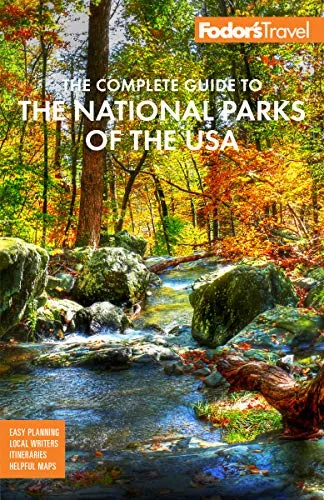Hawaiian Greetings and Phrases
Greetings
Hawaii is a very friendly place and this is reflected in the day-to-day encounters between friends, family, and even business associates. Women will often hug and kiss one another on the cheek and men will shake hands and sometimes combine that with a friendly hug. Children may refer to elders as "aunty" or "uncle," even if they aren't related, which reflects an ingrained sense of respect for family.
When you disembark from a long flight, perhaps a bit groggy and stiff, nothing quite compares with a fragrant Hawaiian-lei greeting. This charming custom ranks as one of the fastest ways to make the transition from the worries of home to the joys of being on a tropical holiday.
If you've booked a vacation with a wholesaler or tour company, a lei greeting might be included in your package, so check before you leave. If not, it's easy to arrange a lei greeting for yourself or for your companions before you arrive. Contact Hawaiian Lei Greetings if you're arriving at Kona International Airport. A plumeria or dendrobium orchid lei is considered standard and starts at about $19 per person. Hilo International Airport does not allow companies to provide lei greeting services, but there are lei vendors at the airport should you wish to purchase one upon arrival.
Information
Hawaiian Lei Greetings. Hawaii. 865/665--7959; www.leigreeting.com.
Language
Hawaii was admitted to the Union in 1959, so residents can be sensitive when visitors offer that their own hometowns are "back in the States." When in Hawaii, refer to the contiguous 48 states as "the mainland" and not as the United States. When you do, you won't appear to be such a malahini (newcomer).
English is the primary language on the Islands. Making the effort to learn some Hawaiian words can be rewarding, however. Despite the length of many Hawaiian words, the Hawaiian alphabet is actually one of the world's shortest, with only 12 letters: the five vowels, a, e, i, o, u, and seven consonants, h, k, l, m, n, p, w. Hawaiian words you're most likely to encounter during your visit to the Islands are aloha, mahalo (hello, thank you), keiki(child), haole (Caucasian or foreigner), mauka (toward the mountains), makai (toward the ocean), and pau (finished, all done).
Hawaii's history includes waves of immigrants, each bringing their own languages. To communicate with each other, they developed a sort of slang known as "pidgin." If you listen closely, you'll know what is being said by the inflections and by the extensive use of body language. For example, when you know what you want to say but don't know how to say it, just say "you know, da kine." For an informative and sometimes hilarious view of things Hawaiian, check out Jerry Hopkins's series of books titled Pidgin to the Max and Fax to the Max, available on most local bookshelves in the Hawaiiana sections.






